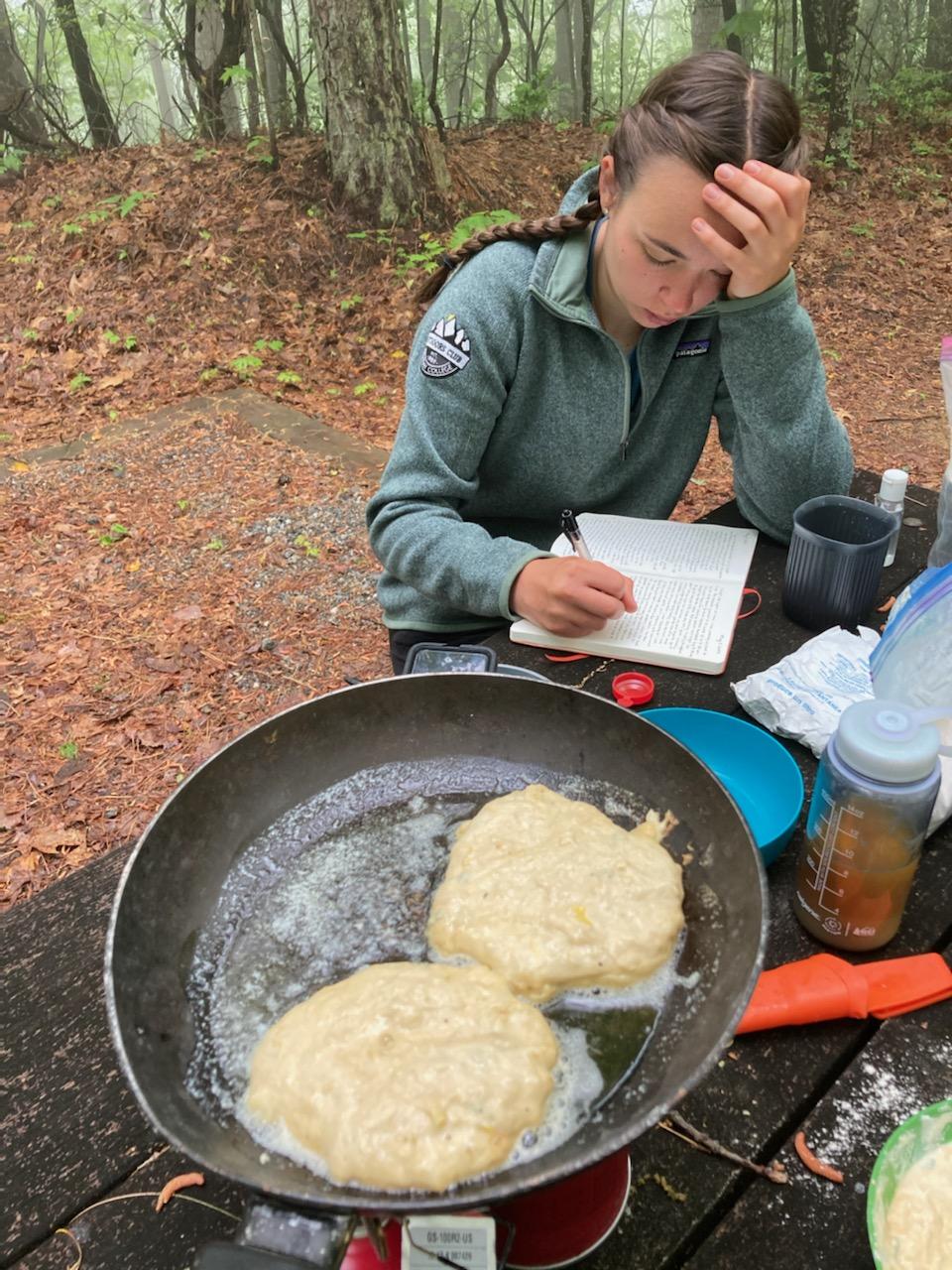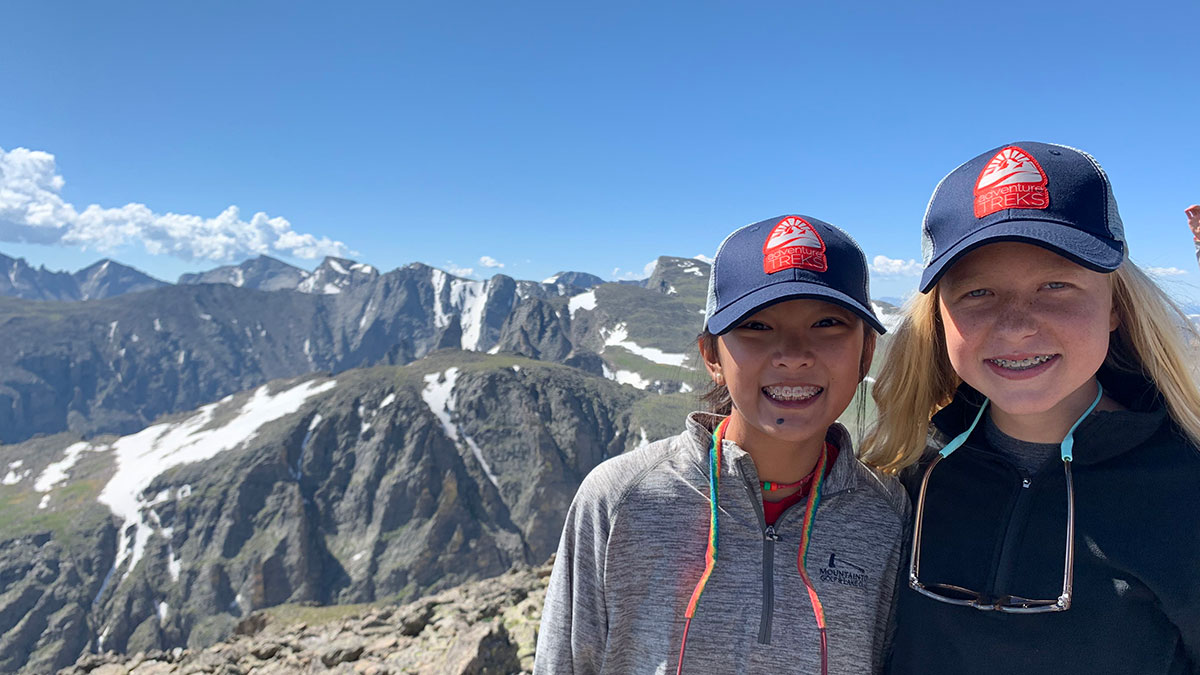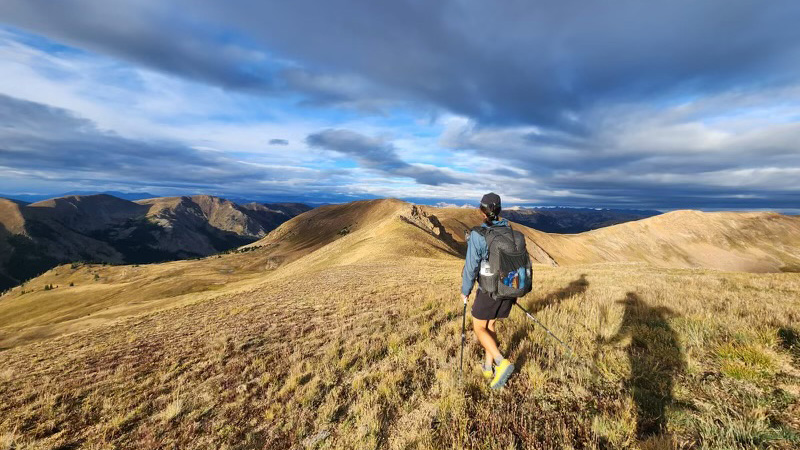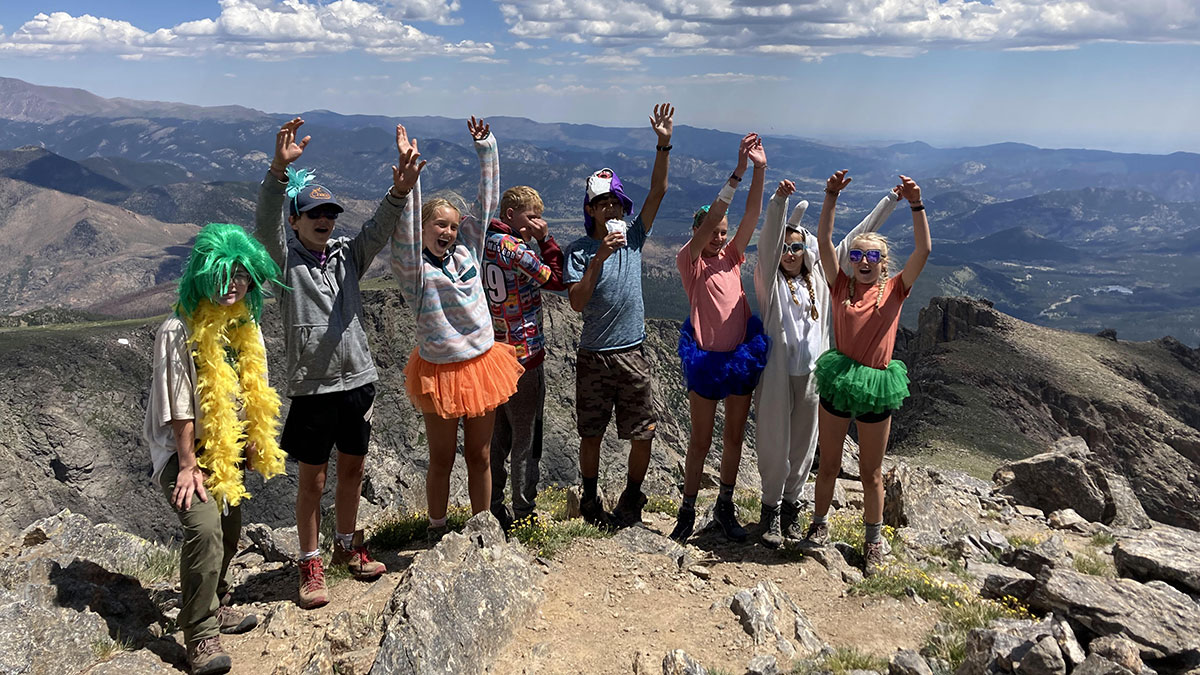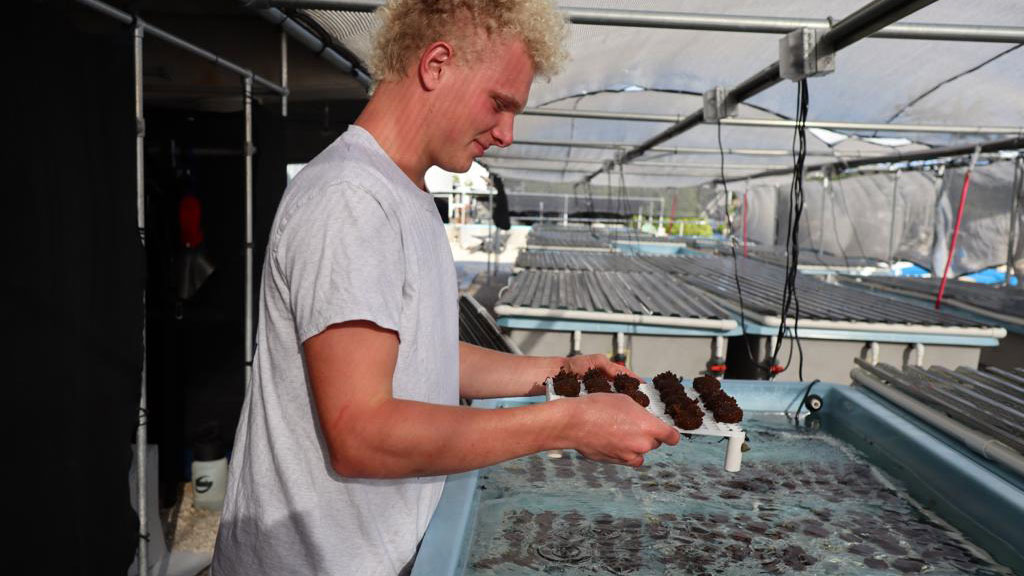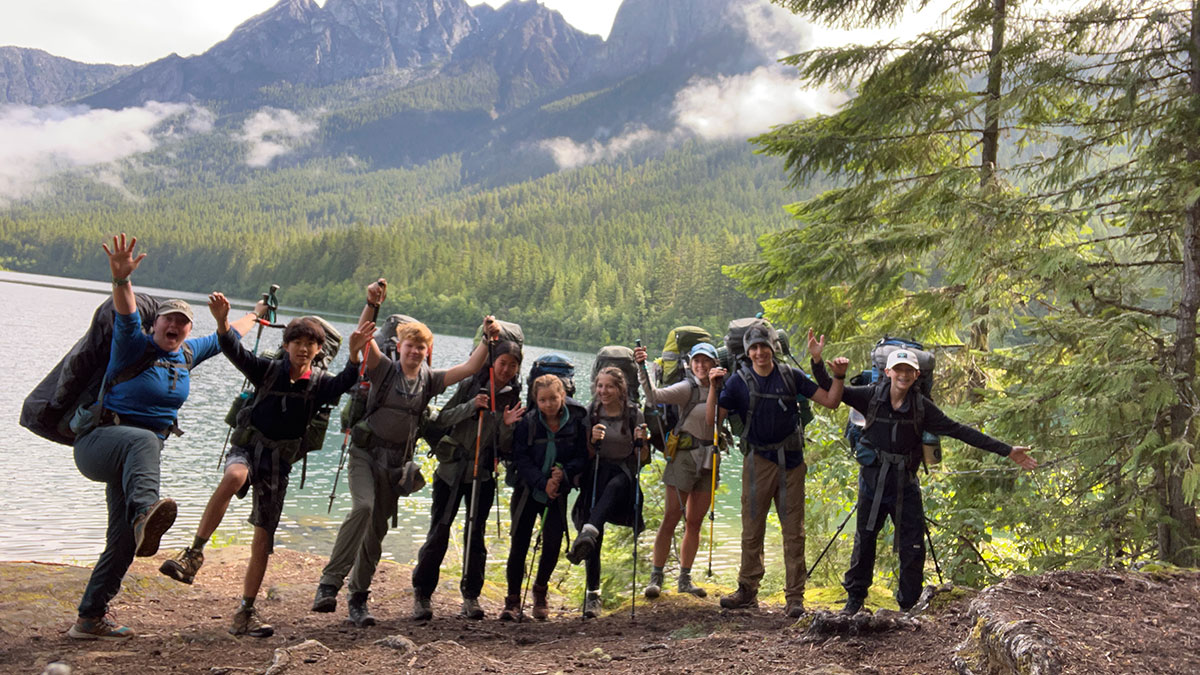
What is it about wild spaces that draw out our curiosities, connect us with the past, and prepare us for the future? The outdoors connect us to an infinitely complex and interconnected world for exploration and help us build relationships with each other and the world around us—often leading us to better adapt to a changing environment. Scientific studies have confirmed many of the positive effects of nature to improve social and emotional learning goals as well as traditional educational attainment. While these benefits are strongest for youth development, they aid adult minds as well, and building these bonds as an adolescent increases the likelihood of lifelong outdoor relationships. A deep connection to nature also builds environmental stewards who are more likely to preserve and restore natural spaces, ensuring their existence for future generations.
The limited access to technology on AT’s teen adventure camps—combined with an immersive community that connects deeply face-to-face—allows for students to be more present in the activities and environments around them, and to build more personal connections to each other.
Studies that highlight the benefits of nature on youth
Richard Louv’s book Last Child in the Woods: Saving Our Children from Nature-Deficit Disorder summarizes six studies that measured students’ higher capacities for creativity, attention, respect, and empathy when in nature and puts forward the hypothesis that it is our lack of natural access that contributes to increased rates of childhood obesity, ADD/ADHD, anxiety, and depression. This book sparked a movement called Leave No Child Inside that works with city governments, schools, and student resource centers to increase access to natural spaces, especially for kids in urban environments.
Louv’s book helped name a growing problem in our increasingly developed world, but researchers from Clemson University, North Carolina State University, and the University of Birmingham focus more on the positive aspects of youth development in nature. Their 2015 study titled Nature as an Ecological Asset for Positive Youth Development is the first to look at interactions with nature regardless of activity type, and analyzed positive youth development using the six “C’s” model: competence, confidence, caring, connection, character, and contribution. The researchers found that building a strong bond with the natural world led to significant positive outcomes in all six areas.
While these benefits are especially important for the developing mind, the rewards are not limited to youth. Business Insider put together this list of 11 scientific reasons everyone should be spending more time outdoors; they include improved short-term memory, restored mental energy, stress relief, reduced inflammation, improved vision and concentration, sharper thinking and creativity, boosted immune systems, improved mental health, and a longer life span. Getting students interested in nature at a young age increases the likelihood of a lifelong connection to the natural world—and all of the health benefits that come with it.
Each of these studies measured the outcomes of students in a natural setting against students without similar access, but Nilda Cosco’s TED talk “What Nature Teaches Children” highlights the opportunities that nature provides youth to teach themselves. Experiential learning is the idea of teaching oneself, often with guidance, lessons about the world. Studies show that the lessons a student can teach themselves will stick with them far longer than lessons taught to them. Nilda emphasizes that outdoor learning environments are health interventions that promote exercise, creativity, and social interaction.
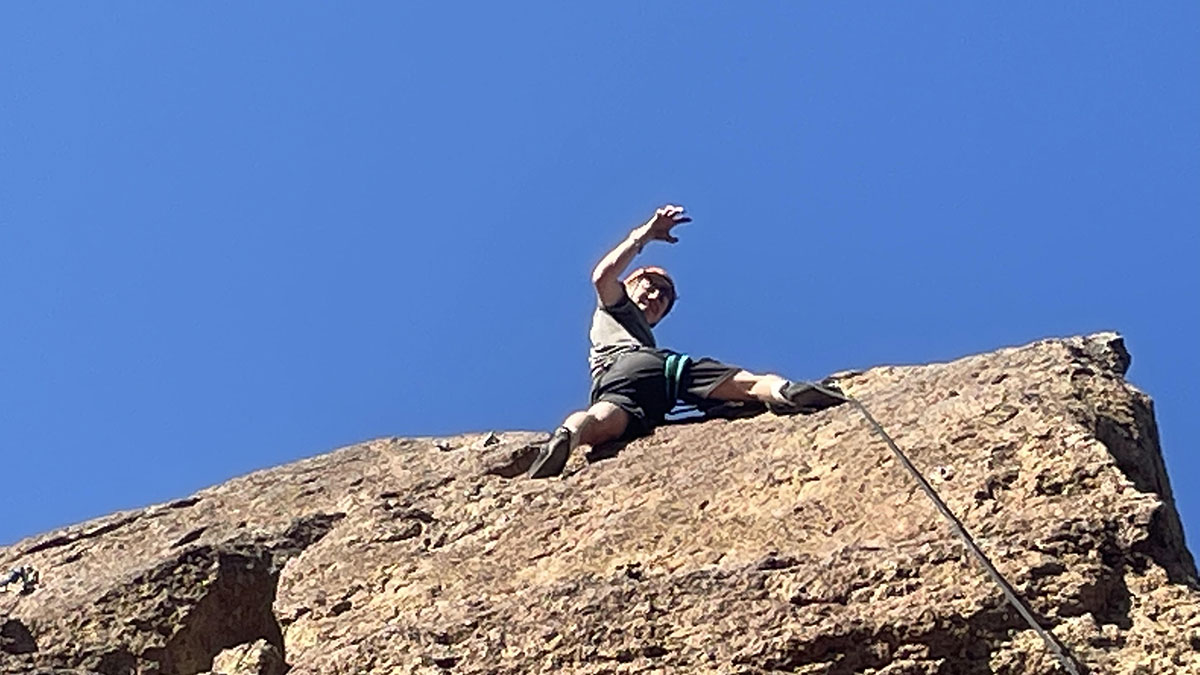
Why does nature have this effect on kids?
The venue of the great outdoors provides an environment for youth to play, exercise, explore, take reasonable risks, experiment, question, discover, and imagine the world around them. At Adventure Treks they are guided into situations to push themselves and set new personal bests at a wide variety of activities. I can’t tell you how many times I’ve heard a student gleefully exclaim that they made it further than they thought, or that they realized they truly can do anything they set their mind to. Being faced with a big challenge, and choosing to push yourself a little further—whether that’s the top of the mountain or six feet higher on a climbing route—builds resilience that carries over into daily lives back home. The possibility to fail and try again is something that many students miss in a traditional school environment, yet it teaches persistence and builds grit. While watching students accomplish more than they thought they could is always a highlight of the summer, it is equally important to allow students to fail safely and grow from the experience.
Nature, for many of us, pushes us closer to the edge of our comfort zone than we are accustomed to. We work hard at Adventure Treks to create experiences that will challenge students, but not push them into a “panic” zone. When you are fully in your comfort zone, learning is more difficult. When you are fully in your panic zone, learning is almost impossible. Existing near the edge of your comfort zone has been shown to increase brain plasticity, or our ability to absorb new lessons and ideas. The departure from our daily lives into an outdoor expedition puts us in that learning zone, and allows us to connect more deeply with the people and topics around us.
In the modern era, these effects are not just about the access to nature, but also the limited access to technology that comes with an Adventure Treks trip. Screen time has been strongly correlated with increased anxiety, reduced self-soothing tactics, and attention deficit. Technology is not an inherently bad thing, and access to new technology has improved our society in many ways, but anything in excess can have unexpected consequences. The developing brain seeks out the kind of social approval that we continue to export to our phones and social media. Taking an intentional break from these devices can serve as a reset and allow students to develop some of these social and emotional benchmarks for themselves. Having to think through a problem rather than looking up the answer builds problem-solving and attention skills. Having to talk through a difficult social dynamic rather than post about it builds resilience and tolerance. Students often comment about how easy it is to be “present” when on an Adventure Treks trip. This is partly due to the lack of technological distractions, but also because an AT trip allows for students to explore this complex world that we are all a part of without fear of judgment, while making deep bonds of friendships with peers from all over the world!
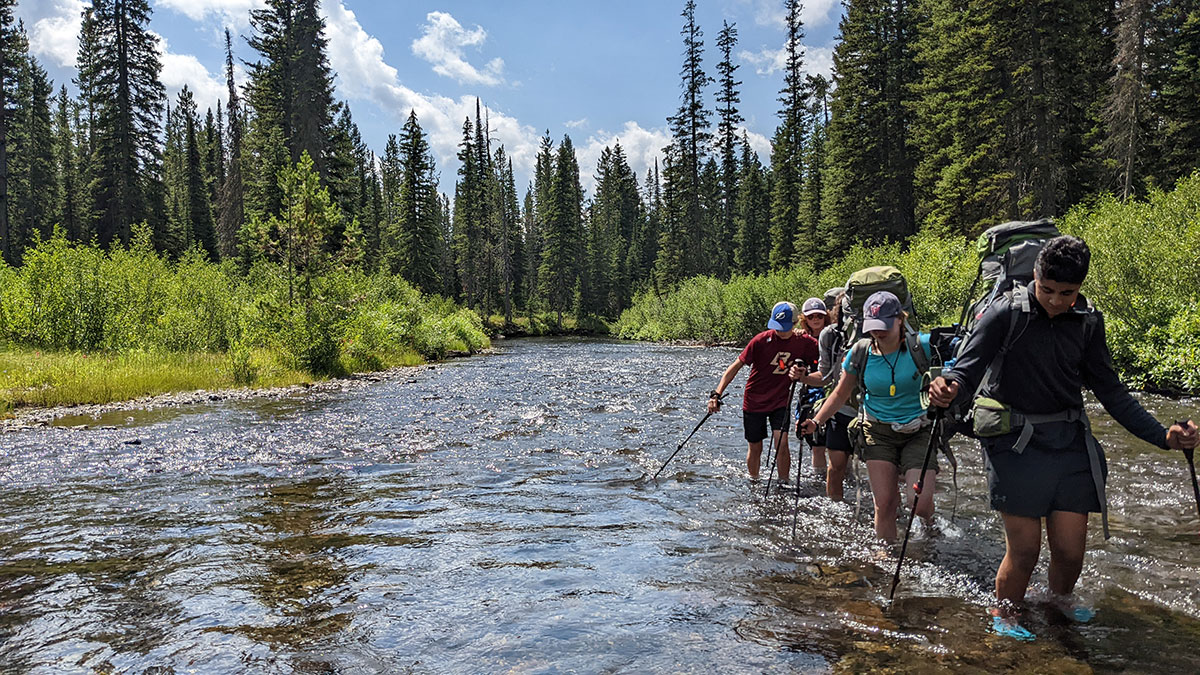
The last benefit of kids’ immersion into natural environments is for nature itself! Students who build a strong bond with the natural environment are shown to care more about preserving and protecting natural spaces and have higher interest in environmental stewardship. With the innumerable benefits of nature, we must value this resource for future generations to thrive. At Adventure Treks, we teach principles of Leave No Trace to show students how to responsibly engage with nature in a way that can preserve it for generations to come. Beyond the ethics that we teach, having these wildly fun experiences outdoors builds the association between the natural world around us and the adventure and challenges we can use to grow while having fun with new friends from new places. I love that so many students who have done an Adventure Treks trip choose to come back, and that most who do have even more fun on their second or third or fourth or fifth trip. Part of this is the amazing and unique experience of Adventure Treks, but that experience depends on an incredibly diverse natural world for us to enjoy and explore!
So whether it’s for mental or physical health, social or emotional growth, or education, nature benefits youth development in a way that we have not managed to simulate using any of our technology or classroom teaching. This growth can be seen in the students who come back to our program year after year, and many parents comment on the positive development they witness when their students come back from our programs. Even if you can’t join us this next summer, take some extra time this week to go on a walk, watch the clouds, or get to a point with a good view, and notice how it makes you feel!
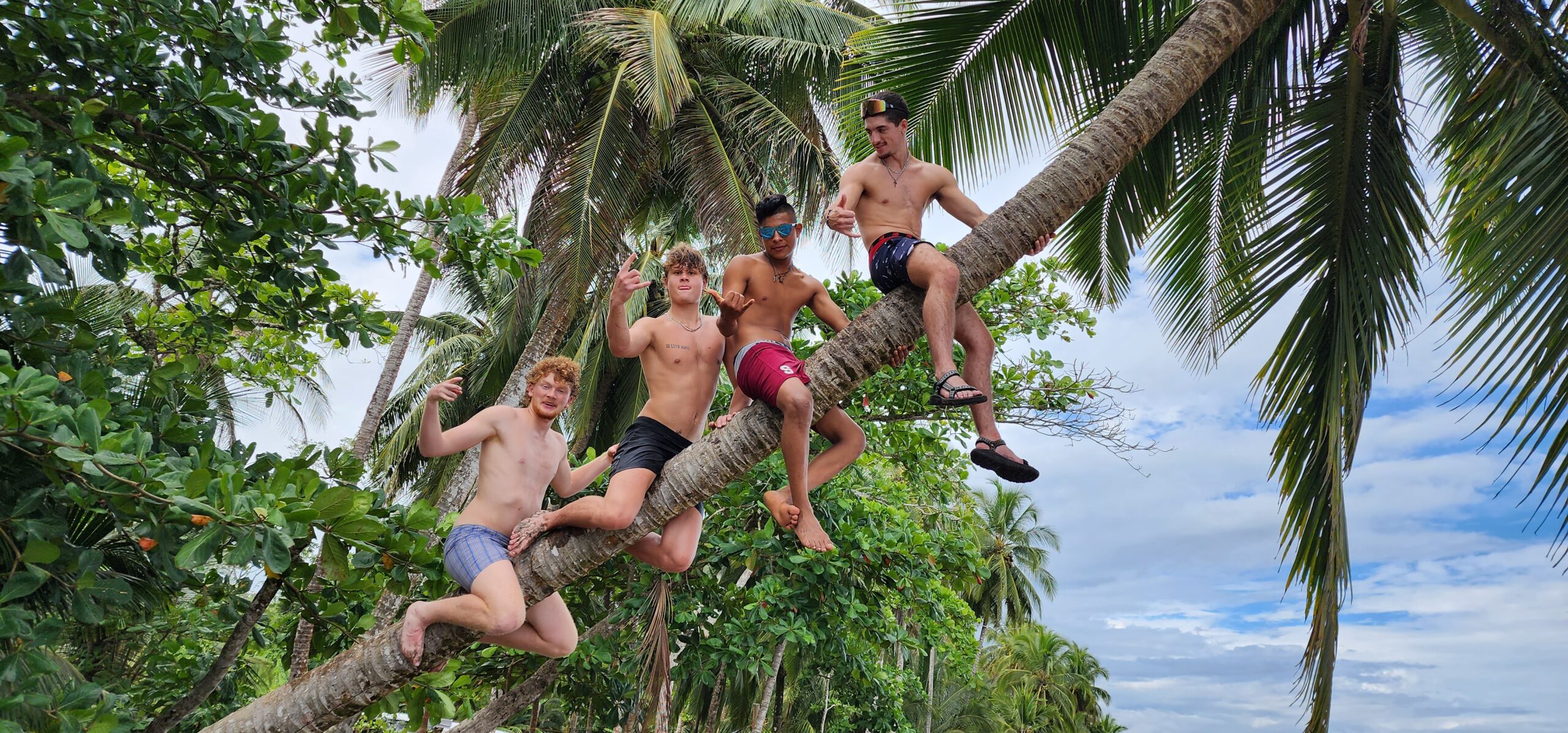


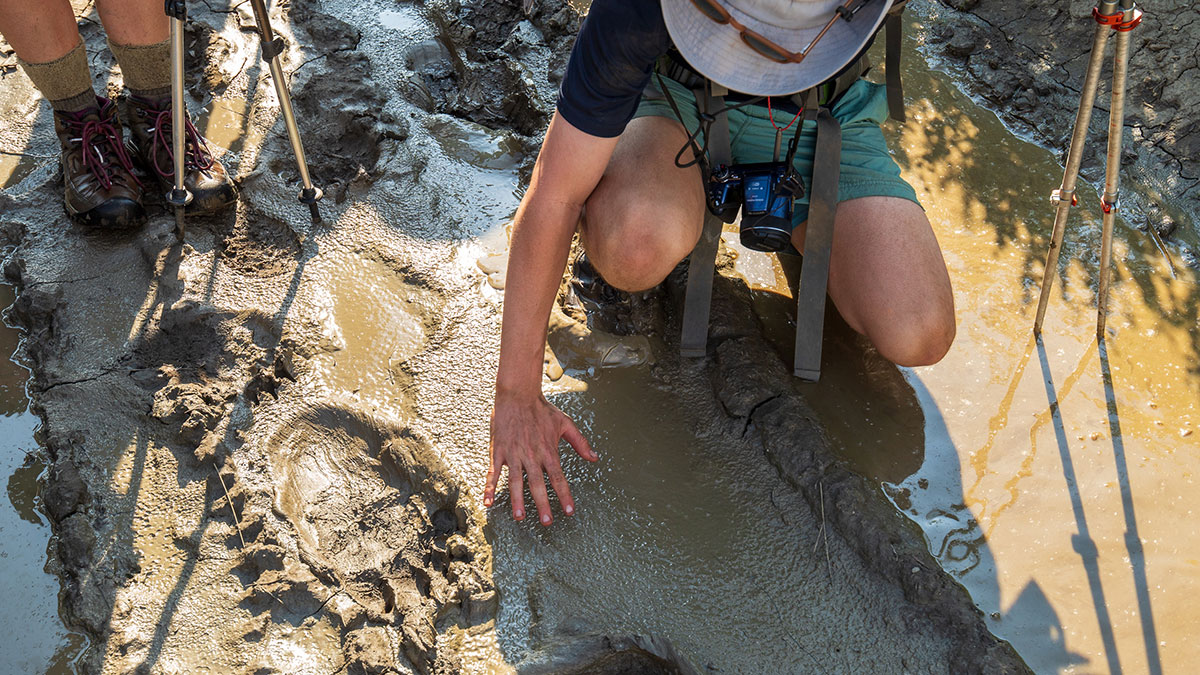
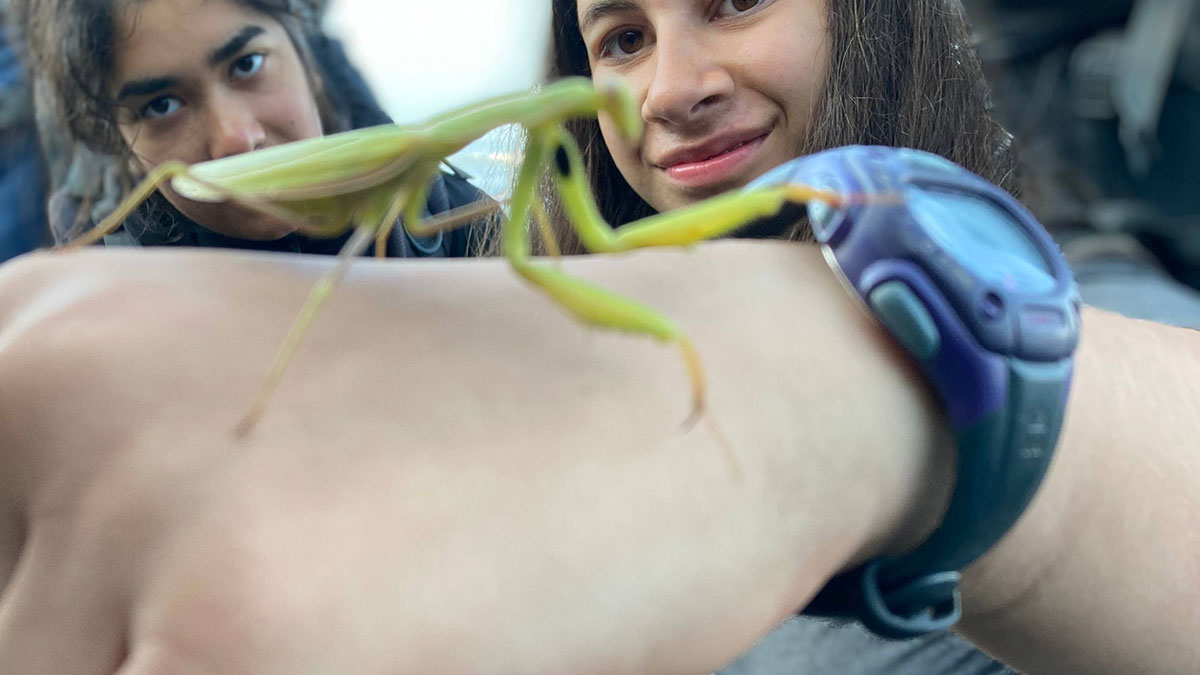
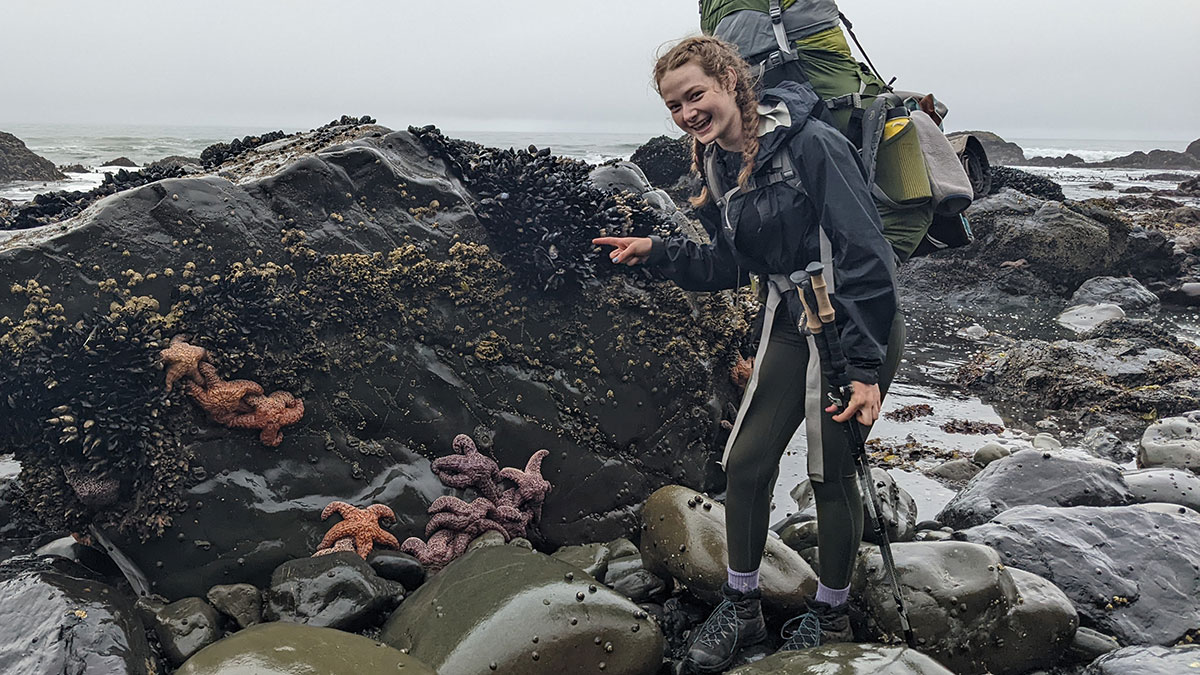

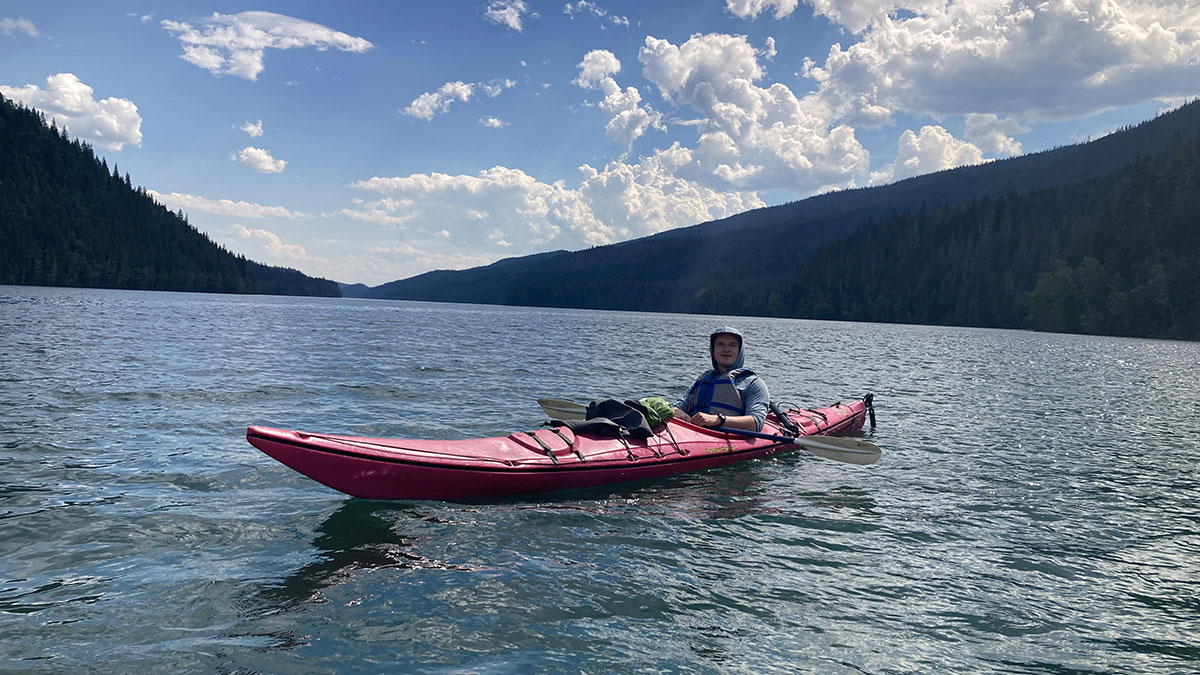
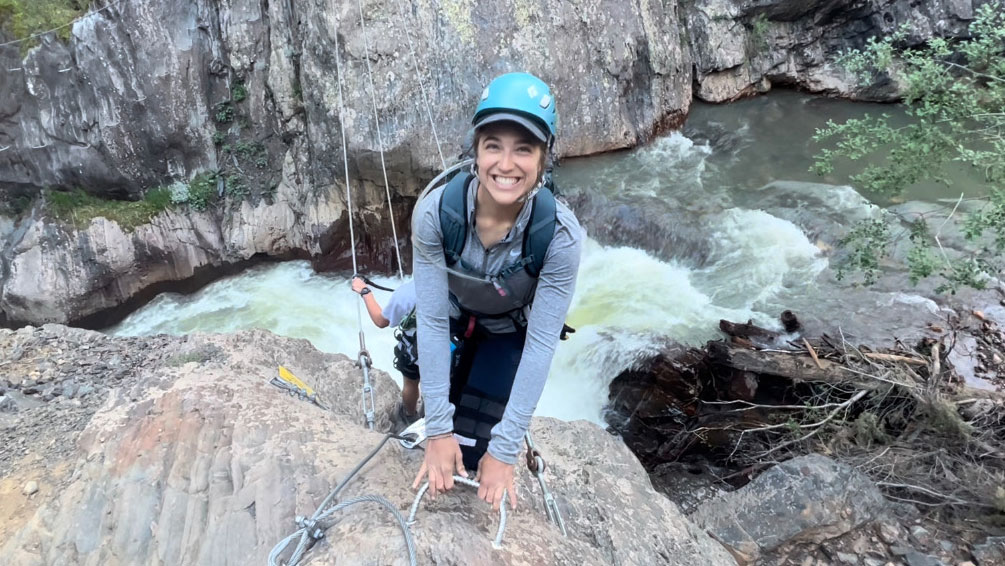
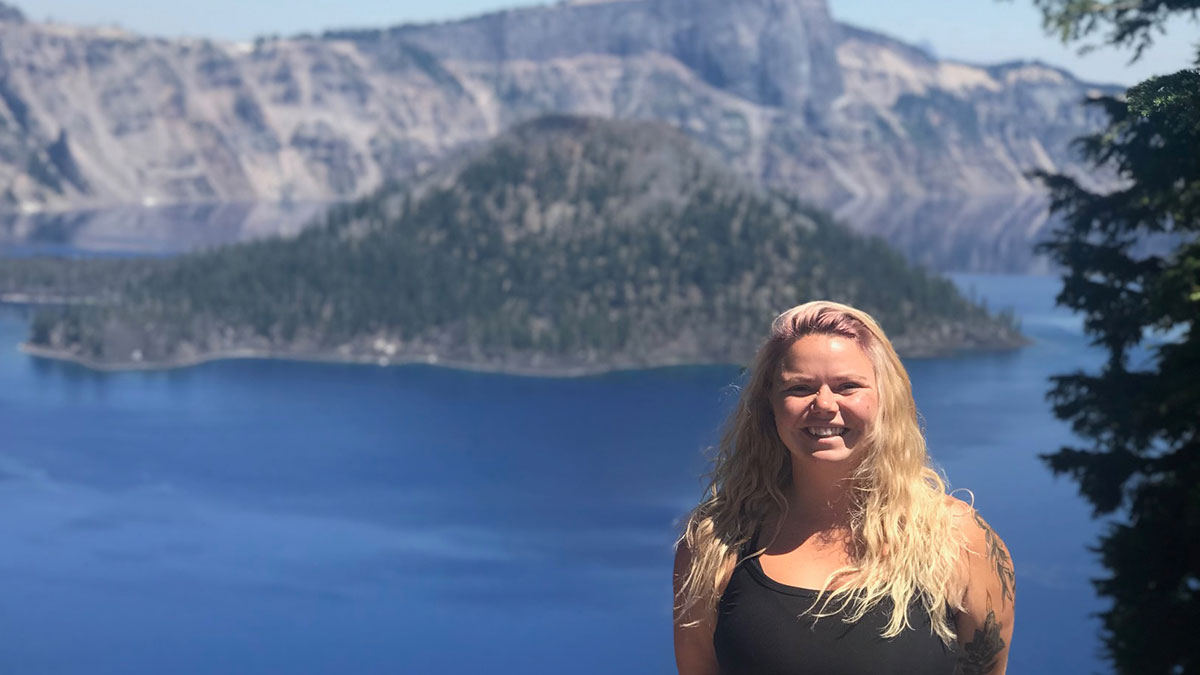
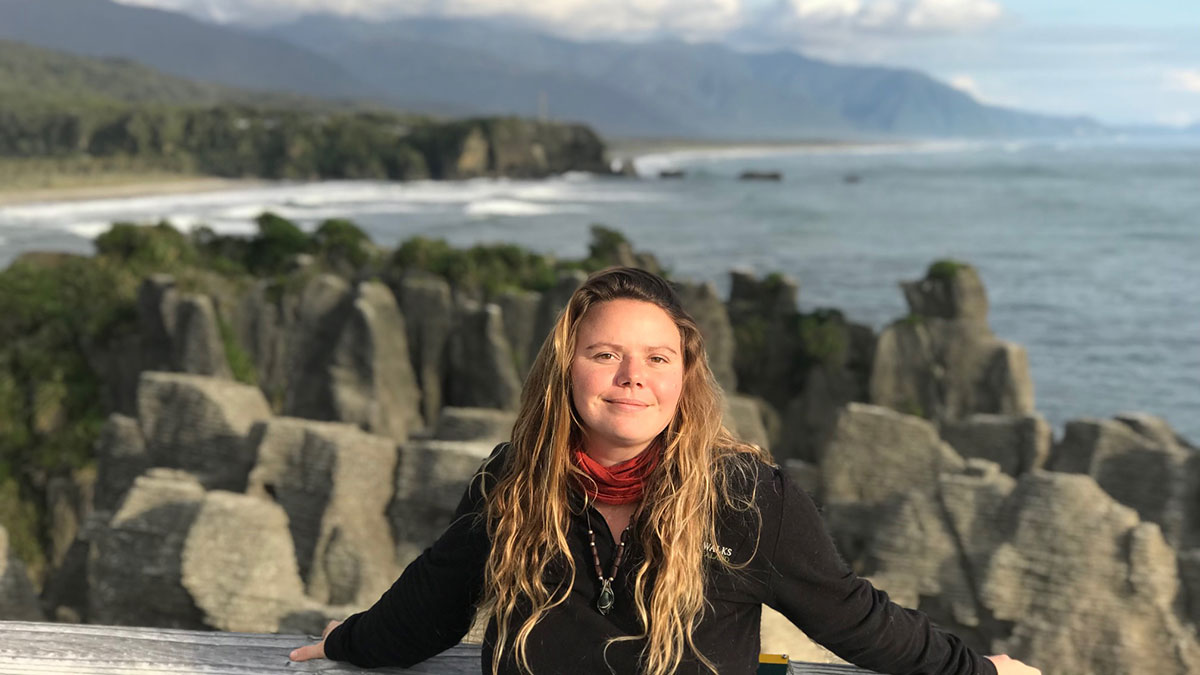
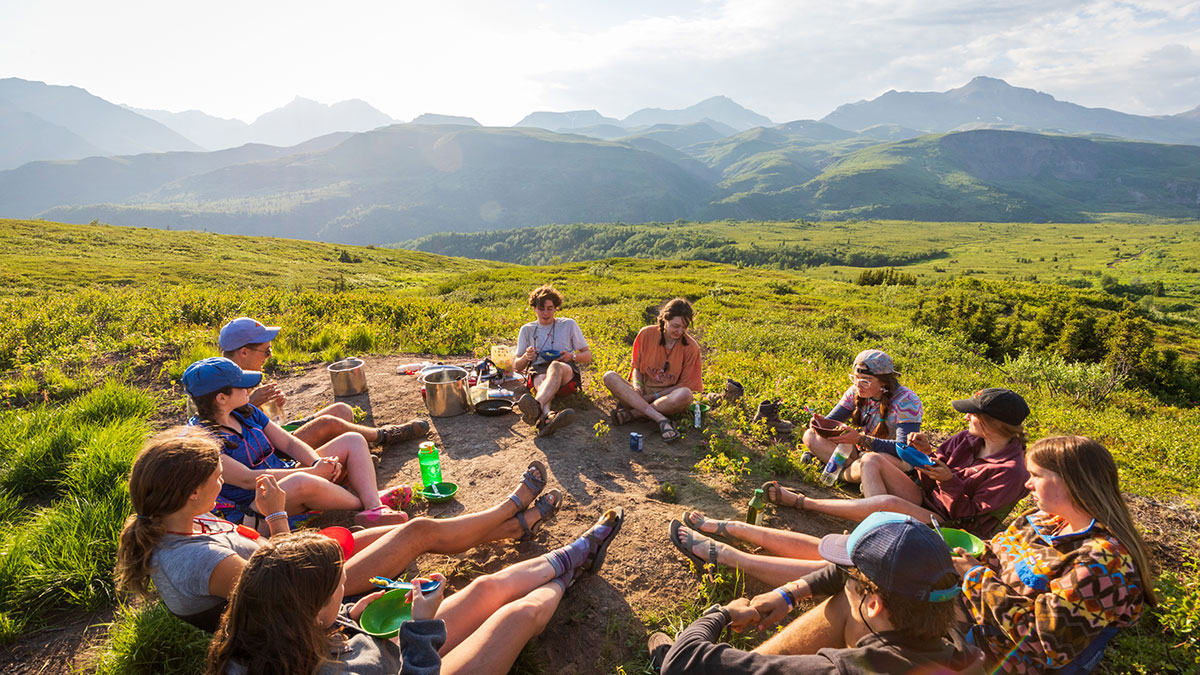
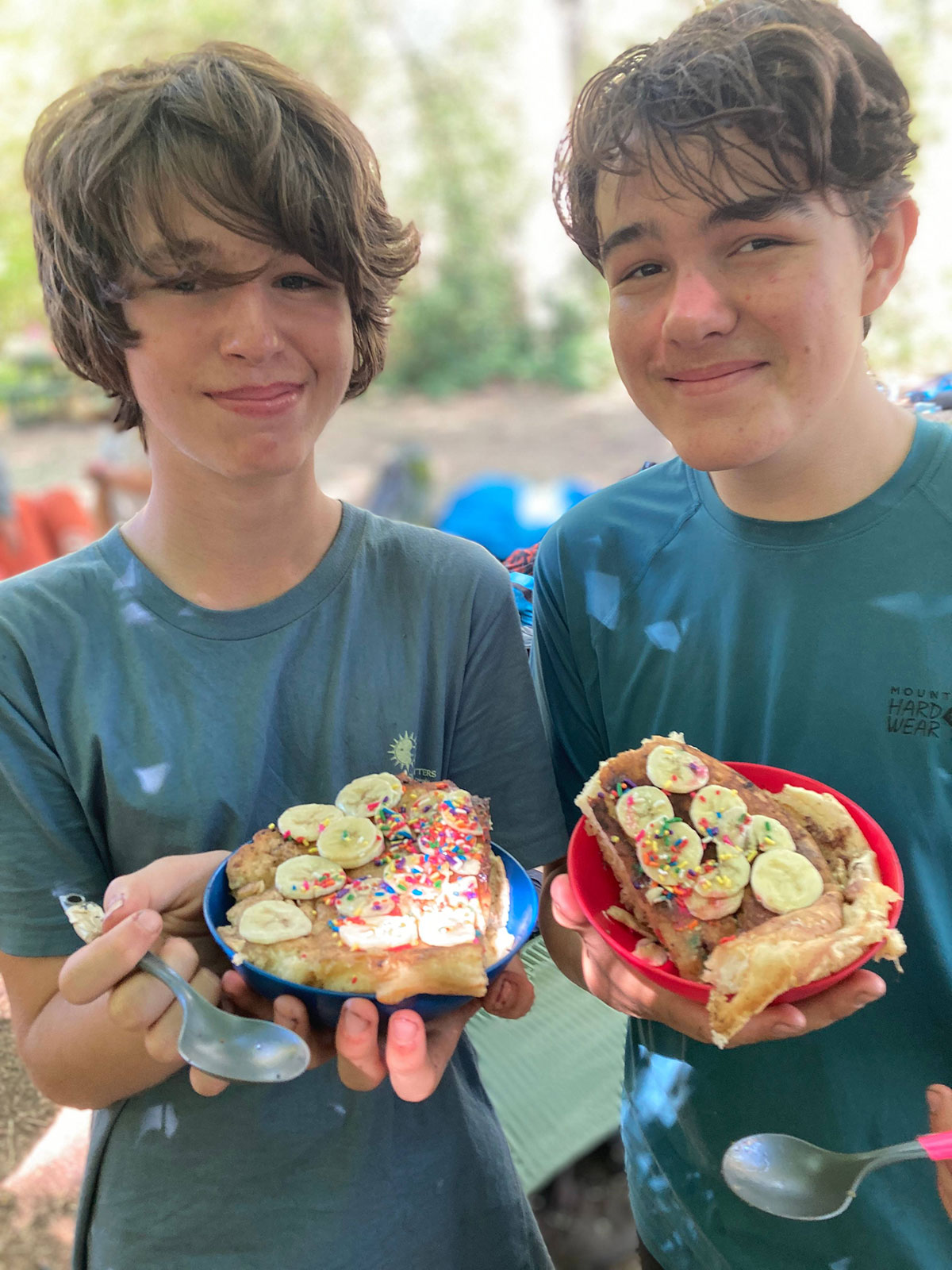

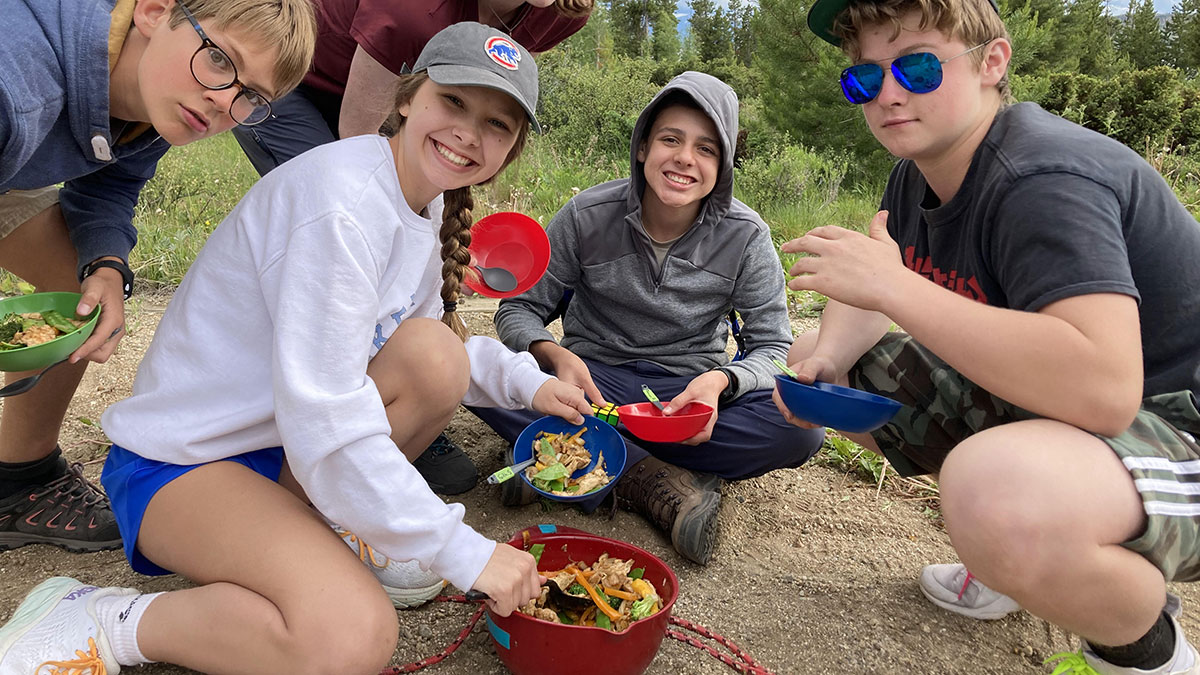



 Adventure Treks is thrilled to announce that we are now an accredited gap semester program with the Gap Year Association! Roisin Low spearheaded this time-intensive and demanding process, and we are grateful for all of her efforts to achieve accreditation.
Adventure Treks is thrilled to announce that we are now an accredited gap semester program with the Gap Year Association! Roisin Low spearheaded this time-intensive and demanding process, and we are grateful for all of her efforts to achieve accreditation.